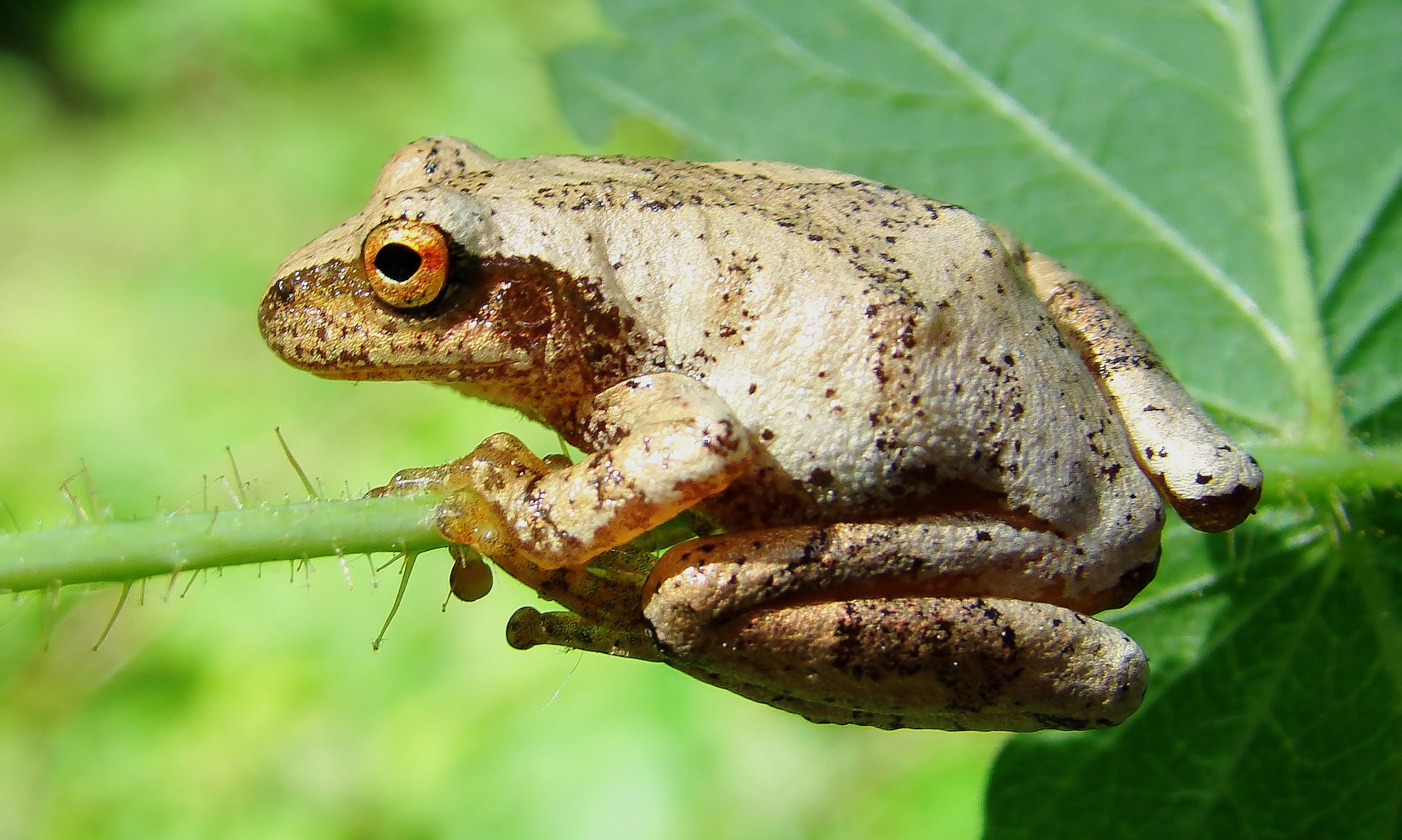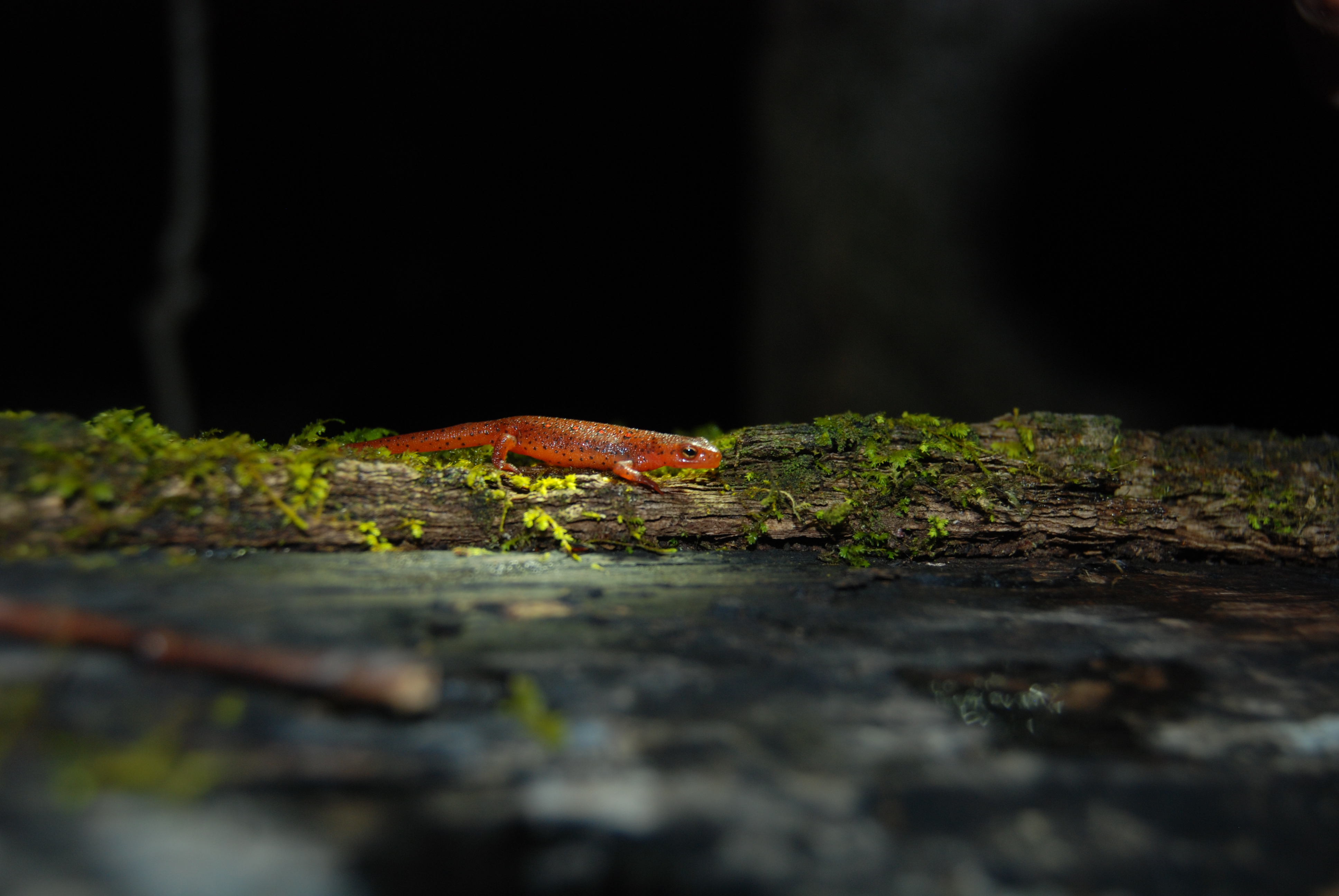First author equal-contribution are found underlined, the corresponding author is represented by * and students supervised by me are represented with s
- Almost all publications are open-access, but in the few cases where this is not the case, a PDF of the following publications can be found here
2023
Capurso Gs, Carroll B, Stewart KA*. 2023. Transforming marin monitoring: using eDNA metabarcoding to improve the monitoring of the Mediterranean Marine Protected Area network. Marine Policy. DOI: 10.1016/j.marpol.2023.105807
Banerjee P, Stewart KA, et al. The unseen invaders: tracking phylogeographic dynamics and genetic diversity of cryptic Pomacea spp. (Golden Apple Snails) across Taiwan. In Review.
2022
Didaskalou EAs*, Trimbos KB, Stewart KA. 2022. Environmental DNA. Current Biology. Quick Guide.32(22):PR1250-R1252
Zeeman ANs, Smallegange IM, Burdfield Steel E, Groot AT, Stewart KA*. 2022. Toward an understanding of the chemical ecology of alternative reproductive tactics in the bulb mite (Rhizoglyphus robini). BMC Ecology and Evolution. 22(5). DOI:10.1186/s12862-021-01956-w
Banerjee P, Stewart KA, Antognazza CM, et al. 2022. Plant-animal interactions in the era of environmental DNA (eDNA) – a review. Environmental DNA. DOI:10.1002/edn3.308
Banerjee P, Stewart KA, Dey G, et al. 2022. Environmental DNA analysis as an emerging non-destructive method for plant biodiversity monitoring: a review. AoB Plants. plac031. DOI:10.1093/aobpla/plac031
Rhebergen FTs, Stewart KA, Smallegange IM.* 2022. Nutrient-dependent allometric plasticity in a male-diphenic mite. Ecology and Evolution 12. e9145. DOI:10.1002/ece3.9145
Banerjee P, Stewart KA, Dey G, et al. 2022. When conventional methods fall short: identification of invasive cryptic Pomacea spp. (Pomacea canaliculata; P. maculata) using environmental DNA. Hydrobiologia (in press).
2021
Rodriguez-Ezpeleta N*,…Stewart KA, et al. 2021.Trade-offs between reducing complex terminology and producing accurate interpretations from environmental DNA: Comment on “Environmental DNA: what’s behind the term?” by Pawlowski et al. 2020. Molecular Ecology 30(19): 4601-4605. DOI: 10.1111/mec.15942
Cairns N*, Cicchino AS, Stewart KA, Austin J, Lougheed SC. Cytonuclear discordance, reticulation and cryptic diversity in one of North America’s most common frogs. Molecular Phylogenetics and Evolution. 156. DOI:10.1016/j.ympev.2020.107042.
2020
Stewart KA*, Taylor SA. 2020. Leveraging eDNA to expand the study of hybrid zones. Molecular Ecology. 29(15):2768-2776.
Qu Cs, Stewart KA, Clemente-Carvalho R, Zheng J, Wang J-X, Gong C, Ma L, Zhao J, Lougheed S*. Comparing fish prey diversity for a critically endangered aquatic mammal in a reserve and the wild using eDNA metabarcoding. Scientific Reports. 10:16715.
2019
Smallegange IM*, Rhebergen FTs, Stewart KA. Cross-level considerations for explaining selection pressures and the maintenance of genetic variation in condition-dependent male morphs. Current Opinion in Insect Science. 36: 66-73. DOI: 10.1016/j.cois.2019.08.005
Stewart KA*. 2019. Understanding the effects of biotic and abiotic factors on sources of aquatic environmental DNA. Biodiversity and Conservation. 28(5):983-1001. DOI: 10.1007/s10531-019-01709-8
Qu Cs, Stewart KA*. 2019. Evaluating monitoring options for conservation: traditional and environmental DNA tools for a critically endangered mammal. Science of Nature: Naturwissenschaften. 106:9. DOI: 10.1007/s00114-019-1605-1
Stewart KA*, Draaijer Rs, Kolasa MR, Smallegange IM. 2019. The role of genetic diversity in the evolution and maintenance of environmentally-cued, male alternative reproductive tactics. BMC Evolutionary Biology. 19:58. DOI: 10.1186/s12862-019-1385-4
2018
Stewart KA*, Van den Beuken TPG, Rhebergen FTs, Deere JA, Smallegange IM. 2018. Evidence for a third male type in a male-dimorphic model species. Ecology. 99(7):1685-1687
2017
Stewart KA*, Ma Hs, Zheng J, Zhao J. 2017. Using environmental DNA to assess population-wide spatiotemporal reserve use. Conservation Biology. 31(5):1173-1182
Zhou Y, Yin G, Asplund L, Stewart KA, Ruokojärvi P, Bignert A, Athanassiadis I, Rantakokko P,Qiu Y, Huang Q, Ma Z, Zhu Z, Zhao J, Bergman A*. 2017. Human exposure to PCDDs and their precursors from heron and tern eggs in the Yangtze River Delta indicate PCP origin. Environmental Pollution. 225: 184-192
Stewart KA*, Hudson Cs, Lougheed SC. 2017. Can alternative male mating tactics facilitate introgression across a hybrid zone by circumventing female choice? Journal of Evolutionary Biology. 30(2): 412-421.
Ma L, Chen Ss,Yuan J, Yang Ps, Liu Y, Stewart KA*. 2017. Rapid biodegradation of atrazine by Ensifer sp. strain and its degradation genes. International Biodeterioration & Biodegradation. 116. DOI: 10.1016/j.ibiod.2016.10.022
2016
Ma Hs, Stewart KA*, Lougheed SC, Zheng J, Wang Y, J Zhao. 2016. Characterization, optimization, and validation of environmental DNA (eDNA) markers to detect endangered aquatic mammals. Conservation Genetic Resources. doi:10.1007/s12686-016-0597-9
Stewart, KA, Austin, JD, Zamudio KR, & SC Lougheed*. 2016. Contact zone dynamics during the early stages of speciation in a chorus frog (Pseudacris crucifer). Heredity. 116(2): 239-247.
Stewart KA*, Wang Rs, Montgomerie R. 2016. Extensive variation in sperm morphology in a frog with no sperm competition. BMC Evolutionary Biology. 16(1):29.
Earlier
Ma Hs*, Stewart KA, Ma L, Ren W, J Zhao. 2015. Environmental DNA and its application in protecting aquatic ecosystems. Chinese Journal of Ecology. 35(2):516-523.
Stewart KA, Lougheed SC*. 2013. Testing for intraspecific postzygotic isolation between cryptic lineages of Pseudacris crucifer. Ecology and Evolution. 3(14): 4621-4630.
Stewart KA*. 2009. The Northern Spring Peeper / Rainette Crucifère (Pseudacris crucifer crucifer). Species Account. Opinicon Natural History Notes. Available online Sept. 2009. http://opinicon.wordpress.com/species-accounts/spring-peeper/
MacDougall-Shackleton SA, Dindia L, Newman A, Potvin D, Stewart,KA, MacDougall-Shackleton EA*. 2009. Songs, stress and survival in sparrows. Biology Letters. 5 (6): 746-748.
MacDougall-Shackleton EA*, Stewart KA, Potvin DA, Tennenhouse E. 2009. The rich get richer: song complexity predicts song element sharing and song output in song sparrows Melospiza melodia. Animal Behaviour 78 (1): 141-146.
Stewart KA, MacDougall-Shackleton EA*. 2008. Local song elements indicate local genotypes and predict physiological condition in song sparrows, Melospiza melodia. Biology Letters 4 (3): 240-242
Other Publications
Stewart KA. 2013. Contact zone dynamics and the evolution of reproductive isolation in a North American tree frog, the spring peeper (Pseudacris crucifer). Ph.D. Dissertation, Queen’s University, Kingston ON, Canada.
Stewart KA. 2007. Song complexity and correspondence in Eastern song sparrows. M.Sc. Thesis, University of Western Ontario, London ON, Canada.
Stewart KA. 2005. Reproductive characteristics of the long-tailed spiny lizard, Sceloporus siniferus (Sauria: Phrynosmatidae) from Huatulco, Mexico. B.Sc. Thesis, Laurentian University, Sudbury ON, Canada.

